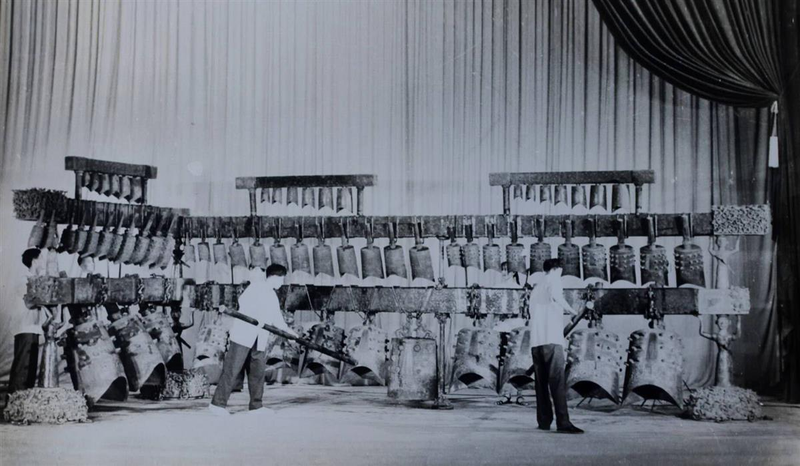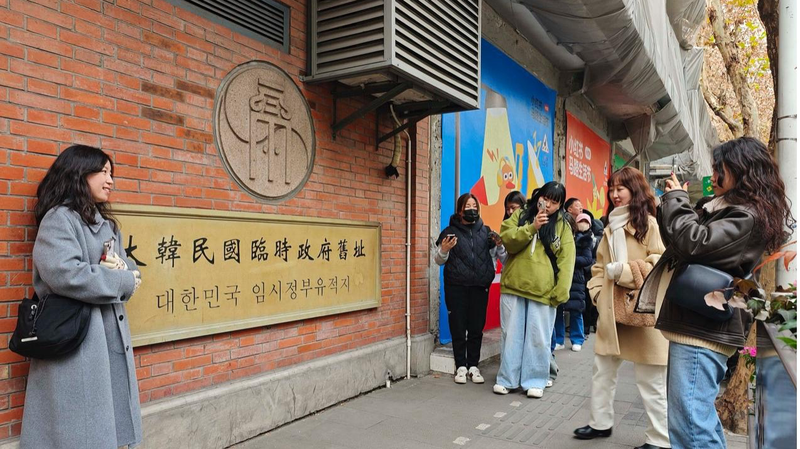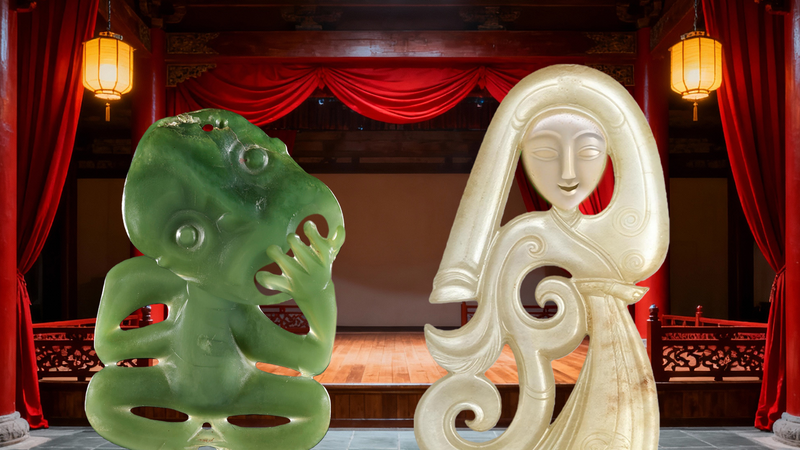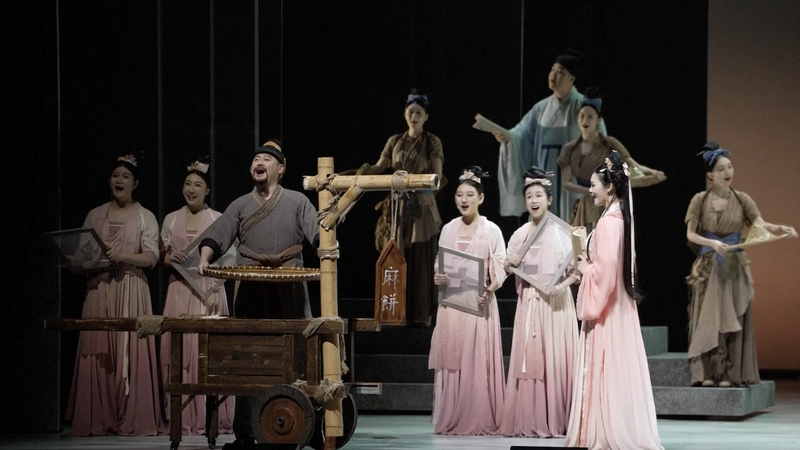In August 1978, just two months after their dramatic excavation in Suizhou, Hubei, over 2,400-year-old bronze chimes from Marquis Zeng Hou Yi were performed live for the first time. This groundbreaking concert bridged archaeology and music, captivating audiences across the Chinese mainland and beyond.
That spring, a dewatering operation at Lei Gu Dun Tomb gradually unveiled a three-tiered wooden frame holding 65 bronze bells. Spanning more than seven meters wide, three meters deep and nearly three meters high, the ensemble emerged as one of the most impressive engineering feats in archaeological history.
Huang Xiangpeng, a musicologist, later confirmed the bells' remarkable “one-bell, two-tone” feature, enabling each of the 65 bronze bells to produce two distinct pitches precisely inscribed on their surfaces. To bring these ancient tones back to life, Tan Weisi, then-director of the Hubei Provincial Museum, formed an archaeological orchestra under the baton of Beijing archaeologist Feng Guangsheng, one of the lead excavators.
The two-hour program showcased the bells' full dynamic range: pieces ranged from the revolutionary anthem “The East Is Red” and the newly composed chime composition “Chu Shang”, to folk tunes like the Hubei ballad “Toad Chant”, the American film theme “Will You Remember”, and the “Internationale”.
Ensuring the chimes' safety posed formidable challenges. Engineer Yang Ding'ai oversaw the packing, transport and reassembly of 65 bells, 51 frame components and nearly 200 hanging fixtures. Technicians reinforced the venue's stage floor, while a dedicated team monitored water-soaked beams around the clock. Their meticulous planning paid off: the concert proceeded without incident, leaving experts and spectators awestruck.
Broadcast across the Chinese mainland and beyond, the performance sparked global fascination. It preserved invaluable audio-visual records and provided the first systematic sonic analysis of a complete chime set. This pioneering event paved the way for modern replica projects and ongoing performances worldwide, ensuring the ancient music of Marquis Zeng Hou Yi continues to resonate through the centuries.
Decades later, the chimes' 2025 inscription on UNESCO's Memory of the World Register reaffirmed their cultural significance. Yet it is the 1978 debut that stands out—a testament to human ingenuity and the timeless connection between past and present.
Reference(s):
World‑First 1978 Concert of 2,400‑Year‑Old Zeng Hou Yi Bronze Chimes Captivates Global Audience
ctdsb.net




